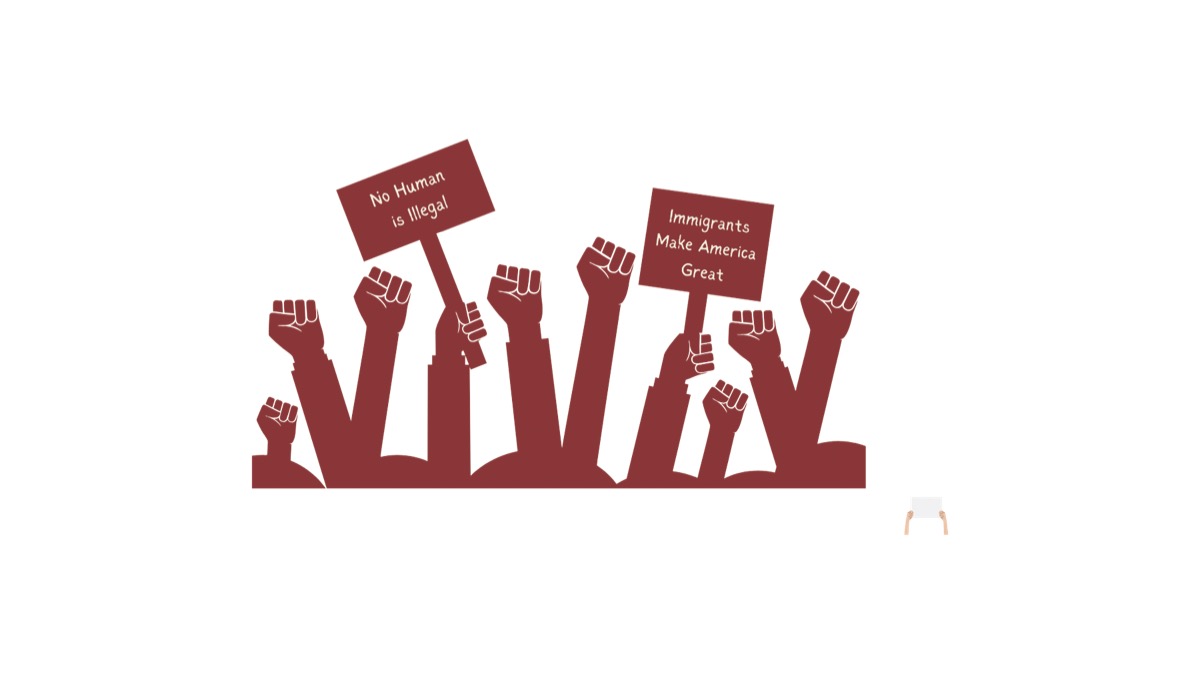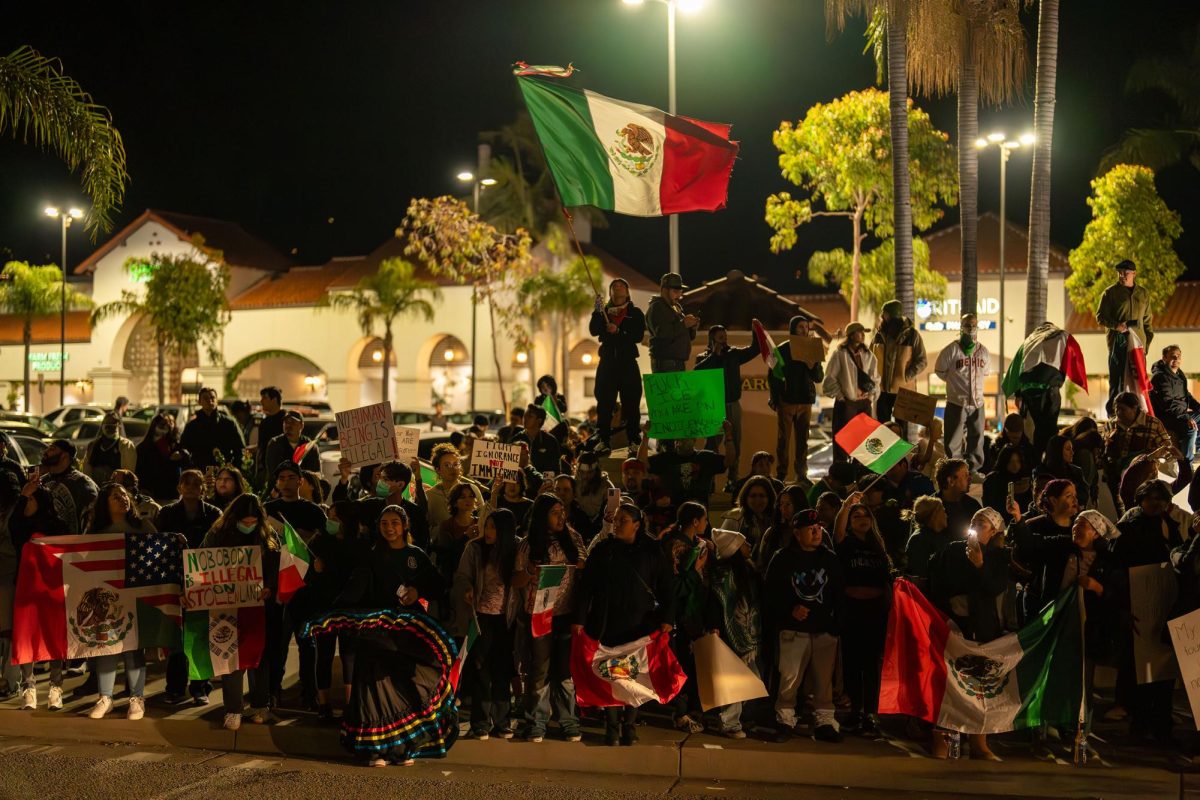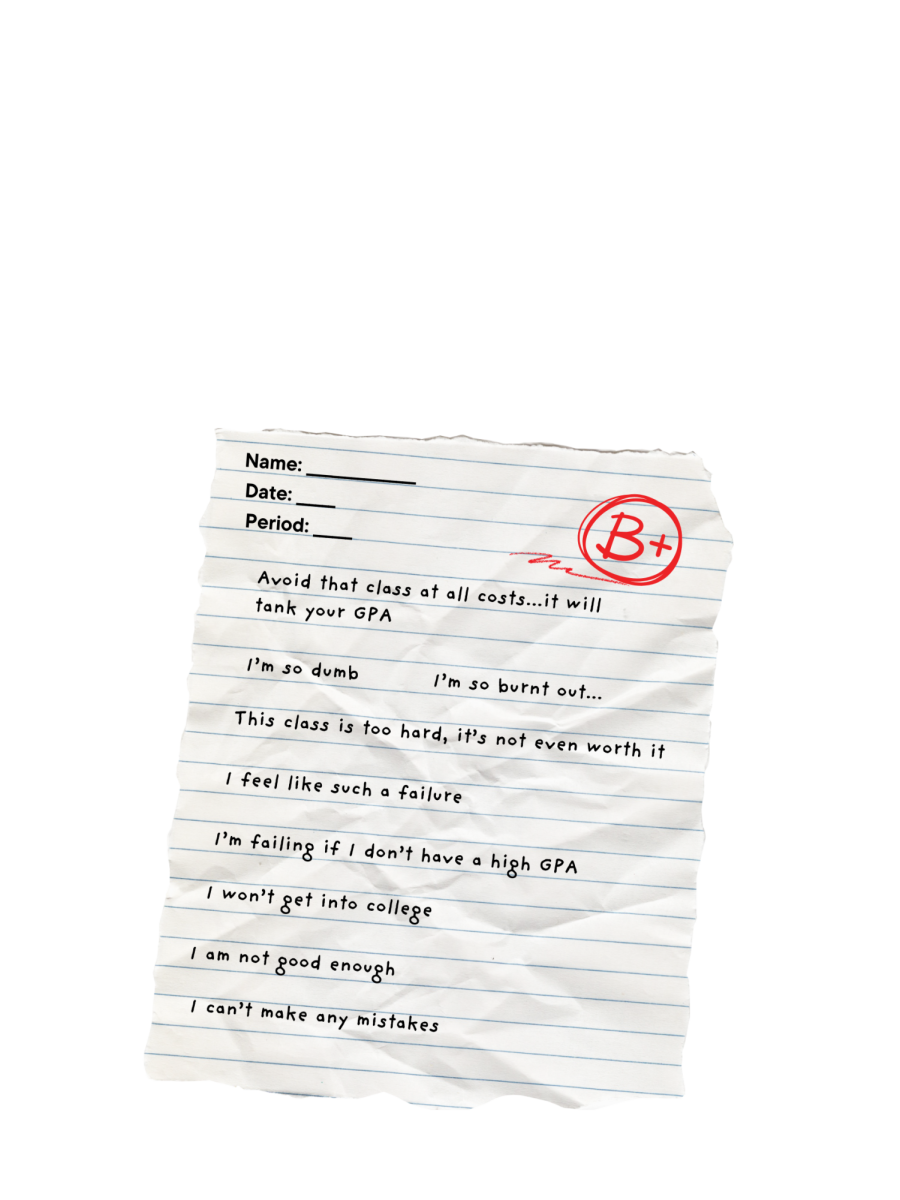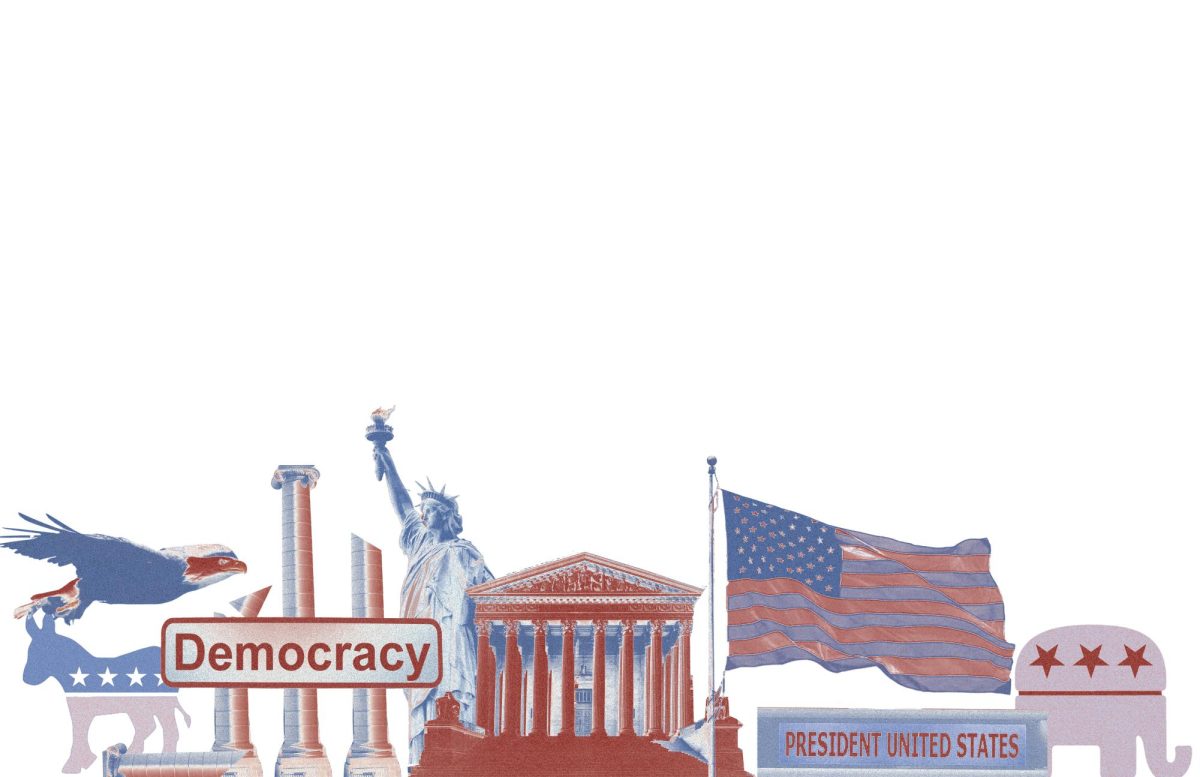Promoting Love: The Fragile Line Between Freedom and Fear in School
June 5, 2023
What is the line between expression and offending those around you? According to the First Amendment, students have the right to wear whatever clothing they want, but to what extent is this ethical for a school environment?
Naturally, in High School, Students are no longer sheltered and are actively aware of politics and social justice issues. Students feel the need to speak up but are often too afraid to use their voices, so they use their clothing instead. Protest fashion is any article of clothing that conveys a strong social or political message. It is an easy way for people to express their beliefs without being too controversial or stepping on other people’s toes.
While acceptable on the streets and legally a protected right, the question has been raised about whether or not this clothing is appropriate for schools. This left me wondering, to what extent should schools restrict/ban clothing that expresses potentially divisive political messages among the teachers and their students.
As a student, I believe I have a right to wear whatever I want, however, this is to a certain extent. I have concluded that clothing promoting love is absolutely okay, while any piece of political clothing that insights violence in any way, is not.
Laguna Blanca’s Diversity, Equity, and Inclusion (DEI) head Ursula Chan agreed, saying, “I think there’s a difference between wearing a shirt that is supportive of a person’s identity/humanity that could be seen as political, but I think it can be appropriate to wear at school.”
Like most political concepts, there are many different extremes. I believe there is a difference between wearing an LGBTQ+ rights shirt and a MAGA hat to school. The shirt shows support for a person’s identity, while the hat supports someone who directly targets several minorities. There is a difference between supporting humanity and targeting others.
The Laguna Blanca dress code states, “Students are not allowed to wear clothing that is inappropriate for a safe learning environment”. If their political shirt or hat will make others uncomfortable in a way, then that is not appropriate for school.
Similarly, “School Clothing Aid”, an article written by the New York Times in 1969 states, “We want our children to get a good education. But for this, adequate school clothing is necessary” (Sanders). Children should not feel frightened in the classroom if someone comes in wearing a political shirt that they feel directly targets them. The difference in this is if the shirt is promoting love or inciting violence, that is the choice that must be made.
A couple of months ago, I was looking online for a key chain. Finally, I found the one I wanted. In hot pink bubble letters, it stated: “fuck the patriarchy”. Not only was this a direct reference to a Taylor Swift song, but something I believe. When I showed it to my father, he told me that I was not allowed to be seen walking around with that. He said I would make people uncomfortable.
I could not understand why. What people deem to be ethical to wear will be different for everyone. My father is a Democrat, a firm believer in women’s rights, and a Taylor Swift fan, yet, he did not think it would be right for me to have this. Everyone has different beliefs, but I believe that if I wanted to wear or have something that says “fuck the patriarchy,” I should be able to. It prompts ideas of feminism and the idea that we need change, similar to wearing “the future is female” shirts.
Tinker vs. The Des Moines Independent Community School District established that schools cannot restrict or censor student expression. It stated that students should not be expected to “shed their constitutional rights to freedom of speech or expression at the schoolhouse gate.”
Therefore, technically speaking, students have the right to wear what they want to school. Where this can become an issue is when people are uncomfortable or fear for their own safety due to a clothing tiem. The issue with this topic is that there is a fragile line between expressing your rights and threatening others.
I do not believe that a kid should be able to wear a shirt that targets others; the clothing should be used to support movements, not tear people down. I can confidently say, from my research, that there will never be a direct answer to my question. The best thing one can do is wear clothing that promotes messages of love and support rather than hatred and violence.
































